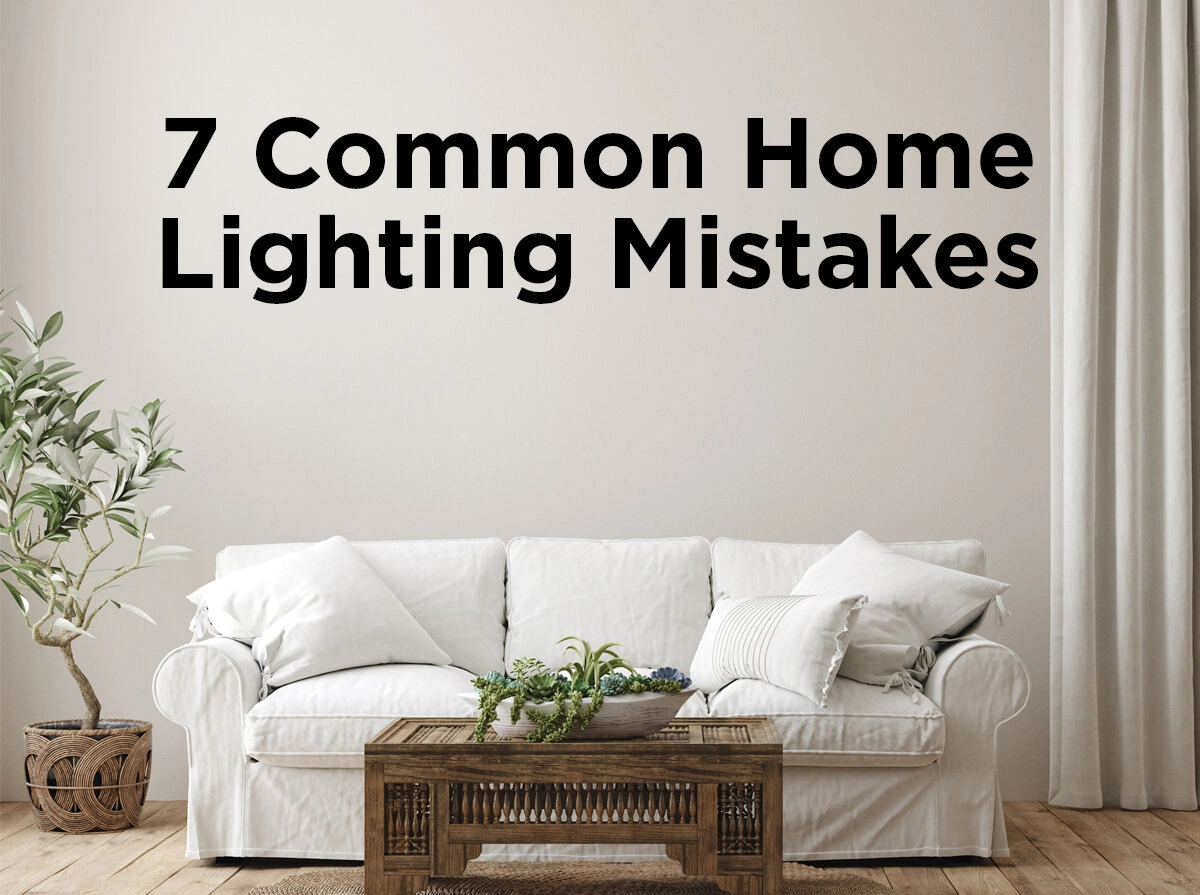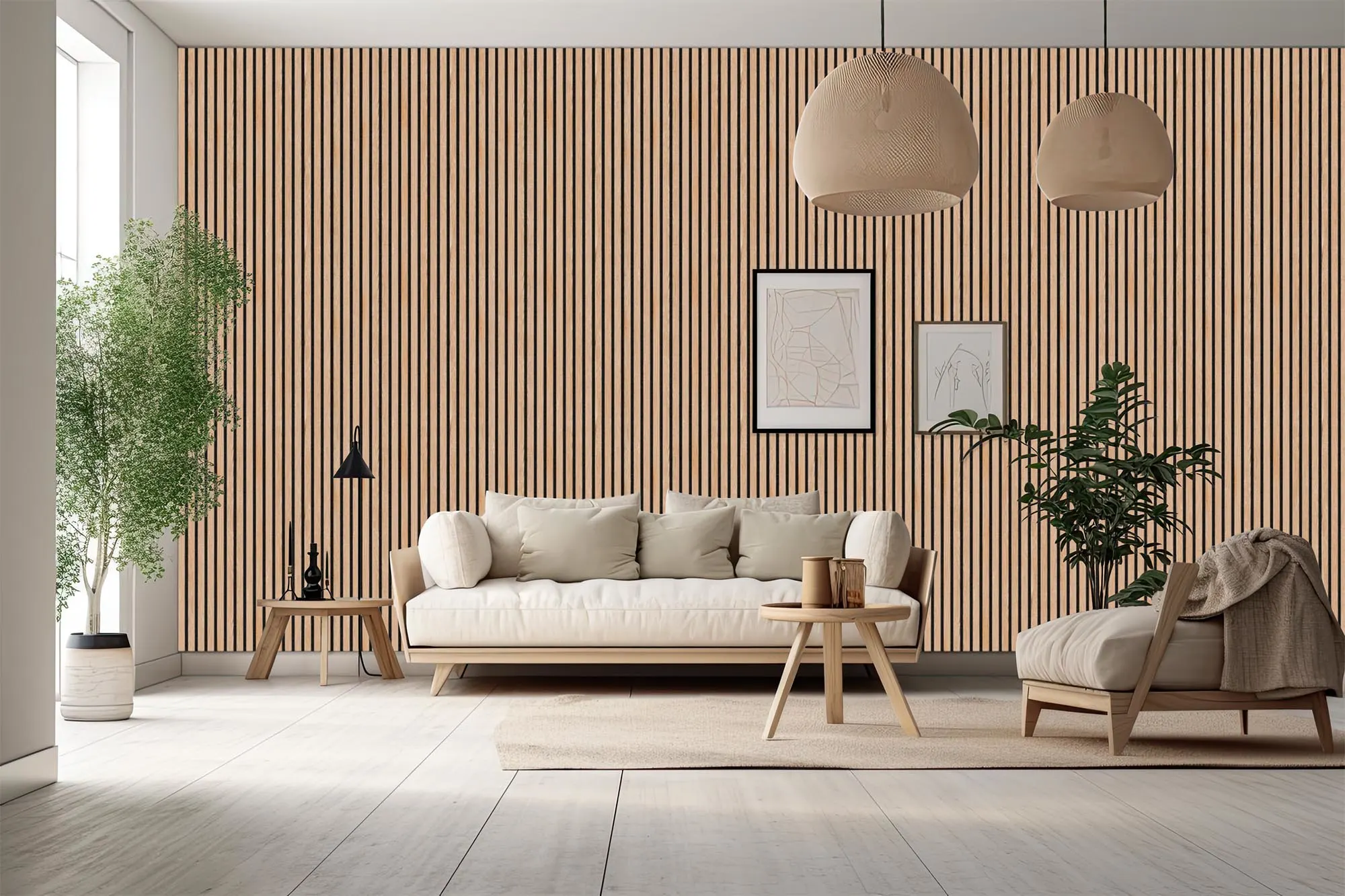Table of Content
How to Fix Common Lighting Mistakes in Home Décor: Your Ultimate Guide
Lighting plays a crucial role in setting the mood, enhancing aesthetics, and creating functional spaces in your home. However, many homeowners make common lighting mistakes that can affect the overall appeal and usability of their spaces. In this comprehensive guide, we will explore how to fix these common lighting mistakes, ensuring your home is beautifully illuminated and practical.
1. Understanding the Importance of Proper Lighting
Proper lighting is more than just about brightening up a room; it’s about creating an atmosphere, highlighting features, and ensuring functionality. Whether you're decorating a living room, bedroom, or kitchen, understanding the basics of lighting will help you avoid common pitfalls.
2. Common Lighting Mistakes in Home Décor
Before we dive into the solutions, let’s identify some of the most common lighting mistakes homeowners make:
- Overhead Lighting Overload: Relying solely on overhead lighting can make a space feel harsh and uninviting.
- Ignoring Task Lighting: Without proper task lighting, areas like kitchens and home offices can become impractical.
- Wrong Bulb Choices: Choosing bulbs with the wrong color temperature or wattage can create an uncomfortable environment.
- Poorly Placed Lighting Fixtures: Incorrect placement of fixtures can lead to shadows and uneven lighting.
- Neglecting Dimmer Switches: Without dimmers, you lose control over the ambiance of a room.
- Forgetting About Natural Light: Overlooking the importance of natural light can lead to a dim and gloomy home.
Also Read: 16 Best Interior Lighting Tips To Beat The Winter Blues
3. How to Fix Common Lighting Mistakes
a) Layer Your Lighting
One of the most effective ways to correct lighting mistakes is by layering your lighting. This involves incorporating three types of lighting:
- Ambient Lighting: The general light that illuminates the entire room.
- Task Lighting: Focused light that helps with specific tasks such as reading, cooking, or working.
- Accent Lighting: Decorative lighting that highlights architectural features or artworks.
Layering ensures that your space is well-lit from multiple sources, creating depth and interest.
b) Use the Right Bulbs
Selecting the right bulbs is essential for creating the right mood. Here’s how to choose:
- Color Temperature: For a warm, cozy atmosphere, opt for bulbs with a color temperature of 2700K to 3000K. For task areas like kitchens or bathrooms, choose cooler temperatures around 3500K to 4000K.
- Wattage: Ensure you’re using the correct wattage for the intended space. Lower wattages are suitable for ambient lighting, while higher wattages are better for task lighting.
c) Optimize Natural Light
Natural light can dramatically improve the look and feel of your home. Here’s how to make the most of it:
- Window Treatments: Use sheer curtains to allow natural light while maintaining privacy.
- Mirrors: Strategically place mirrors to reflect natural light and make your space appear larger and brighter.
- Furniture Arrangement: Avoid blocking windows with furniture. Position your seating and work areas near windows to maximize daylight.
d) Correct Fixture Placement
Proper placement of lighting fixtures is key to avoiding shadows and ensuring even lighting:
- Ceiling Lights: Ensure overhead lights are centered and placed at the right height to avoid casting shadows.
- Wall Sconces: Install sconces at eye level to create soft, even lighting without glare.
- Task Lighting: Place task lights directly over or next to the work area to avoid shadows.
e) Install Dimmer Switches
Dimmer switches allow you to control the brightness of your lights, helping to create the desired mood for any occasion. They are especially useful in living rooms, dining areas, and bedrooms.
f) Balance Artificial and Natural Light
To create a harmonious environment, balance artificial lighting with natural light:
- Use Shades: Consider light-colored lampshades to soften artificial light and blend it with natural light.
- Adjust Brightness: Match the brightness of artificial lights to the intensity of natural light throughout the day.
g) Avoid Overlighting and Underlighting
Overlighting can make a room feel sterile, while underlighting can make it feel dark and cramped. Here’s how to strike the right balance:
- Calculate Lumens: Use a lumens calculator to determine the appropriate amount of light needed for each room based on its size and purpose.
- Zone Lighting: Focus on lighting specific areas rather than flooding the entire room with light.
h) Choose the Right Lighting Fixtures
The style of your lighting fixtures should complement your home décor. Consider the following:
- Modern Homes: Sleek, minimalistic fixtures work well in modern spaces.
- Traditional Homes: Ornate chandeliers and sconces are ideal for traditional settings.
- Transitional Homes: A blend of contemporary and classic fixtures can create a balanced look.
Also Read: Here are 7 office lighting concepts to enhance your workspace ambiance
4. Lighting Solutions for Different Rooms
a) Living Room Lighting
The living room is where you entertain guests and relax, so it requires versatile lighting:
- Chandeliers or Pendant Lights: Serve as a focal point and provide ambient lighting.
- Floor Lamps: Add warmth and help fill in dark corners.
- Accent Lighting: Highlight artwork, shelves, or architectural features.
b) Bedroom Lighting
The bedroom is your sanctuary, so the lighting should be soft and calming:
- Bedside Lamps: Provide focused light for reading without disturbing your partner.
- Dimmer Switches: Control the brightness for different moods.
- Recessed Lighting: Offers a soft glow that doesn’t overpower the room.
c) Kitchen Lighting
The kitchen needs bright, functional lighting for cooking and food preparation:
- Under-Cabinet Lighting: Illuminates countertops, making food prep safer and easier.
- Pendant Lights: Perfect for lighting up islands or breakfast bars.
- Recessed Lights: Provide general lighting without taking up visual space.
d) Bathroom Lighting
Bathrooms require bright, even lighting to prevent shadows:
- Vanity Lights: Install on either side of the mirror for even lighting.
- Overhead Lights: Ensure the entire space is well-lit.
- Accent Lighting: Highlight architectural features or create a spa-like ambiance.
e) Dining Room Lighting
Dining rooms benefit from warm, inviting lighting:
- Chandeliers: Position directly above the dining table for a focal point.
- Wall Sconces: Add additional light without cluttering the space.
- Dimmer Switches: Adjust brightness to suit the mood, from casual dinners to formal events.
5. Innovative Lighting Trends to Consider
Stay ahead of the curve by incorporating some of the latest lighting trends:
- Smart Lighting: Control your lights with voice commands or an app for convenience and energy savings.
- LED Lights: Long-lasting and energy-efficient, LED lights are available in a variety of styles and colors.
- Statement Fixtures: Bold, artistic lighting fixtures can serve as the centerpiece of a room.
Also Read: Kids Room Lighting Ideas: Bright Solutions for Your Child's Space







_1767769068.webp)


